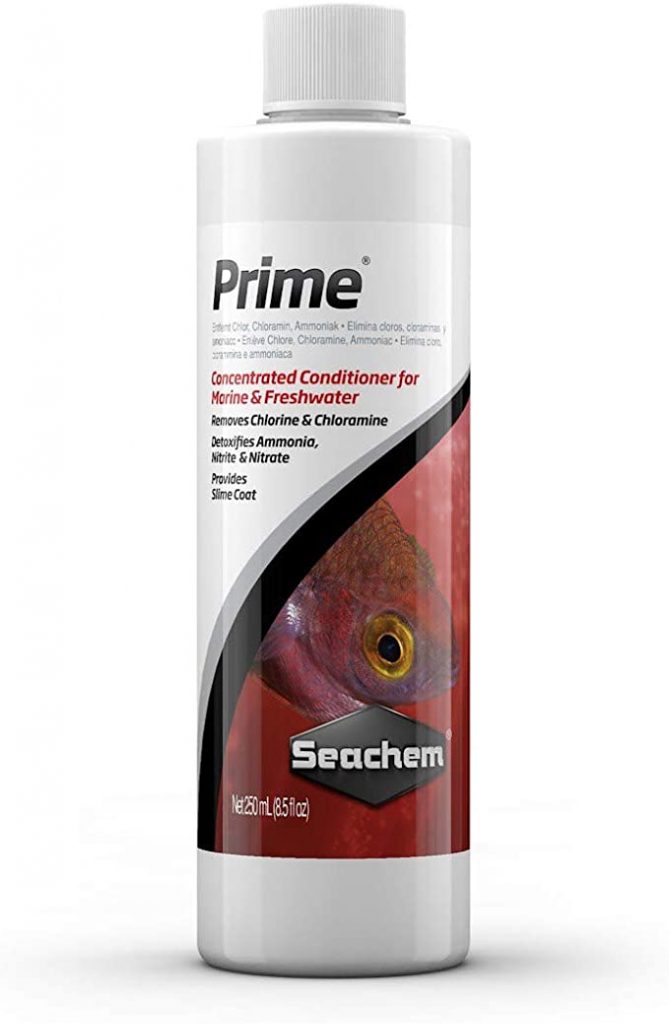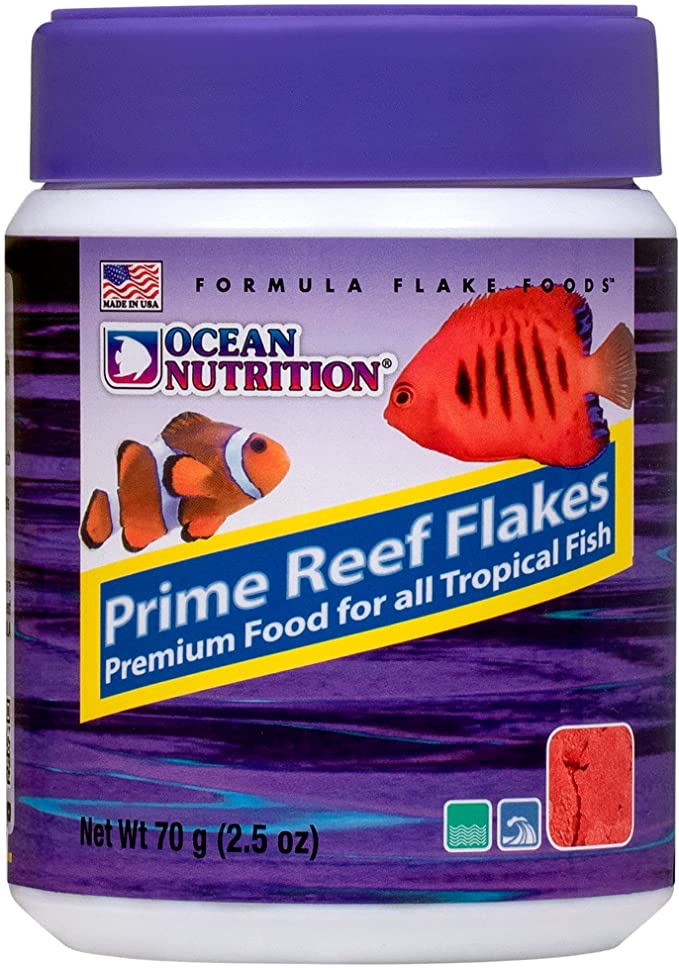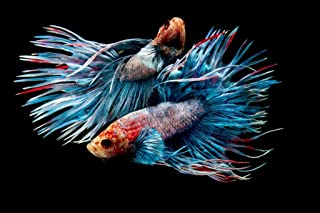A Comprehensive Guide to Starting a Discus Tank
Intro to Discus Fish
I am going to explain how to care for discus fish and give you all the tools to successfully keep these gorgeous creatures. Discus fish are widely considered the “ultimate” freshwater fish, mainly because of their gorgeous color variety and demanding need for care. But first off, if you want to know how to care for Discus, you should know where they come from. Once you learn about their natural habitat, you can learn what types of water parameters they require, feeding, maintenance, tank mates, and everything else there is to know to care for discus fish.
Origin
Discus are cichlids from South America that belong to the genus Symphysodon. They evolved in warm tropical rivers of the gorgeous Amazon River where they experience soft, acidic water with little vegetation. The rivers they live in often get flooded, pushing their homes into surrounding forests where they encounter underwater bushes and trees. There are 3 a total of 3 discus species:
Green Discus (Symphysodon aequifasciatus)
Heckel Discus (Symphysodon discus)
Blue/Brown Discus (Shmphysodon haraldi)
The main form of domestic discus we see today, come from the Blue/Brown variety.
How to Care for Discus:
Water Changes
Keeping pristine water is key for proper discus care. Because discus has evolved in very clean and soft acidic water, it means that the bacterial count was very low. Discus are prone to disease and infection if the bacterial count gets high enough.
When it comes to water changes, there is no 100% correct answer but they should certainly be quite frequent. Some discus keepers do small water changes daily, some do big water changes weekly, and some even do 100% water changes every day.

So what does this tell us? It’s not really all based on percentage. You must consider your filtration, stocking levels, and feeding habits. Me personally, I have 10 adult Discus in a 100-gallon tank and I am using a Fluval FX6 Cannister Filter. I have found that what works best for me is doing 70% water changes every other day.
Water Parameters
Temperature and pH are the other two main factors that MUST be met if you want to successfully care for Discus. Discus originates from very warm water; much warmer than what the majority of aquatic plants and fish out there enjoy. Most tropical aquarium fish thrive in 77 degrees Fahrenheit water, but not discus.
Discus prefers a temperature between 82 and 87 degrees Fahrenheit and an acidic ph ideally between 5.5 and 6.5. Keeping discus in these water parameters is the key to keeping them healthy and happy.

You don’t need very many chemicals. I personally only use Seachem Safe, which is a concentrated powder version of Seachem Prime. The main reason I stay away from additives such as pH Up or pH Down is because by the end of the day, the buffer is burned off and the pH will go right back to the where it was. Also, because discus requires so many water changes, you will have a constant fluctuation of pH. The best thing to do for any fish is to keep your water levels consistent and avoid having large swings in temperature or pH.

Habitat
Their habitat plays a vital role in caring for discus fish. There is no correct answer on how many discus you should keep in a tank but there are many guidelines you should follow. Discus are large fish that need to be fed often which means they produce a lot of waste in return. A discus tank should be no smaller than 48″, meaning a 55 gallon would be about the smallest tank you should have. A generally safe rule of thumb is having one discus for every 10 gallons of water but this can vary depending on your filtration and how often you do water changes.
I know many people who like to over stock their tank but have enough filtration to do so. Over stocking your tank with beautiful discus is an amazing sight however, slightly under stocking will give them more room to interact naturally and show off their mating rituals.
Many discus owners keep their discus in a bare bottom or sand bottom tank with minimal plants, wood, rocks, etc. The reason for this is to help the cleanliness of the water and because discus aren’t brought up in heavily planted waters. You also don’t want many nooks and crannies for food and debris to get trapped. This is why sand and bare bottoms do best. It’s gorgeous to see a nicely planted discus tank but very difficult to maintain. Due to the higher water temp that discus like (84 degrees), most aquatic plants do not thrive at all. Although hardy aquatic plants such as swords and anubias should do fine. But I am not saying a gorgeous, fully planted, co2 injected tank cannot be done – It just must be done right!
Keeping a Planted Discus Tank
1. Gradually lower your temperature to 80 degrees over a 7 day period to avoid a temperature shock to the fish.
2. Get a CO2 regulator that’s connected to a pH sensor in order to inject CO2 properly. Adding CO2 lowers the pH and because discus require a constant pH, the regulator will shut off the CO2 before pH drops too low. Click here for more methods on how to lower pH.
3. Keep dosing fertilizer to a minimum. The less products in the water the better.
Discus Tank Mates
When caring for your discus, you want might want to stock the tank with other fish. There are a few fish that work very well with discus but many do not due to the warm temperatures of their habitat. To add some more color and energy to the tank you can use Cardinal Tetras. They also thrive in warmer water and love the same pH range as discus. Most Discus wont go after these fish but there have been cases so it’s something to monitor.
Many Discus owners will add a bottom feeder or algae feeder of some sort such as Corydoras or Plecos. Corydoras and Plecos will do a great job of keeping your sand clean and sifted. I have seem some Otto Cats and Siamese Algae Eaters paired with them as well but over time they will start to eat the slime coat off your discus; that is time to separate their partnership.
Feeding
Feeding also requires a lot of attention when it comes to Discus. For the average adult Discus, they should be fed 3-5 times a day. You might be thinking to yourself, “how am I ever going to do that, I have to work?” Well, I can say that I have successfully done it. I feed them in the morning, in the early evening, and right before bed. If I can find time to squeeze another feeding or two in between, then I will.
Discus require a large variety of foods but you can feed them high protein flakes as their main source. I use Prime Reef by Ocean Nutrition. It has some of the best ingredients of any flake food so I recommend it for all of your fish. So throughout the day I feed them that and at night they get their special treat, consisting of either live black worms, beef heart, brine shrimp, or even blood worms. A diet like this will keep them thick and healthy and their colors will show brilliantly!


 CHECK IT OUT
CHECK IT OUT
Products
I would like to share a few products I use and trust when caring for my discus. I’m not a sponsor for any of these products. For my filtration on my 100 gallon discus tank, I use a Fluval FX6 Cannister filter rated for tanks up to 400 gallons with filter circulation of 563 gallons per hour. This unit is self priming so it’s super quiet; no pumping required. This really is the ultimate canister filter that your Discus deserve.
As for water conditioner, I found it to be very expensive to keep using prime when I had such a big tank and did so many water changes, so a fellow Discus owner recommended to me Seachem Safe. Seachem Safe is comparable to a powdered version of prime. Just 1/4 teaspoon takes care of my entire 100 gallon tank. Lastly, I recommend a good thermometer to make sure the water you’re adding into the tank is the same temperature. I use a VEE GEE thermometer which is rated as one of the most accurate digital thermometers on the market. I stick this under the faucet and make sure the temperature is the exact same as the tank.
Fluval FX6 Cannister filter


Seachem Safe

Vee Gee Digital Thermometer

How to Care for Discus Fish Conclusion
Discus fish are beautiful fish that require a lot of attention. If you want a gorgeous fish tank filled with these colorful beauties, follow this process and you’ll be very happy. Everything in caring for your Discus resorts back to keeping good clean water for your fish. Make sure to do consistent water changes and feeding patterns. Keep up with this and you’ll have dinner plate sized Discus in no time! Thank you very much for finding interest in my article.






















Add comment